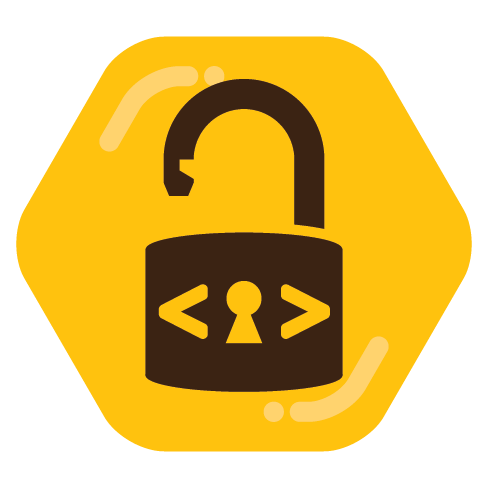

- source code




403GB is the compressed size of all packages for all architectures.


Which you can’t even to because of conflicts/architecture availability.


Yes, you’d have to do systemctl --user


As other people noted, Bazzite/Fedora Silverblue can absolutely bite you in the foot if you leave the “normal use cases” — and if you’re not just gaming on the device, you sooner or later will. All of this is solvable and IMO worth it, but probably not great for a beginner trying to become more knowledgeable.
Tldr good for absolute beginners, good for “experts” (in both cases because it very rarely gets in your way/breaks)


Bazzite is a Fedora Atomic based immutable distro focused on gaming, this means…
Basically all modern Linux distros have virtualization support, so does Bazzite, of course. Actual performance differences between distros is also negligible, so feel free to choose whatever you like.
https://bazzite.gg/ if you’re interested.


For your personal use, you probably shouldn’t get an “AI” GPU. If you start needing a terrabyte of VRAM and heat, space, and energy start getting real problems, reconsider. Even if you need more VRAM than the best gaming GPU (i.e. 5090…), it will be cheaper to get multiple gaming GPUs and use them as a cluster (you will take a performance hit though).
Fedora Silverblue (GNOME), absolute stability with modern software. Distrobox for non-flatpaks or Dev environments. My choice.


Just place your Quadlets in the $HOME/.config/containers/systemd/ directory for this ;)
The reference I linked to earlier also contains more information on rootless.


Your distrust is kind of reasonable: I’ve been using this a lot for the past year and there definitely were two or three moments where it was a bit annoying, too little transparent on what commands will be run, etc.


Same here; Rootless Podman Quadlets gang unite (there is two of us in total)


Yeah, it’s great that Gitea/Forgejo has a copy-paste snippet in the docs, but you can actually use that with pretty much every container.
There is this useful tool to convert containers, podman commands or even compose files to podman-systemd units: https://github.com/containers/podlet


One thing the author probably hasn’t done yet or just doesn’t mention is that you can configure .container services with systemd-podman units (often called quadlets), e.g. a simple MariaDB container would look like this:
[Unit]
Description=MariaDB container
[Container]
Image=docker.io/mariadb:latest
Environment=MYSQL_ROOT_PASSWORD=rootpassword
Environment=MYSQL_USER=testuser
Environment=MYSQL_PASSWORD=testpassword
Environment=MYSQL_DATABASE=testdb
[Install]
WantedBy=multi-user.target
This is superb, because it means your containers finally feel well-integrated with the rest of the OS and you can use systemctl, journalctl, etc. just like you would with other services.
Personally, I use this as an alternative to Podman/Docker compose and have been very happy with it running rootless containers from Nextcloud, Pufferpanel, Forgejo, Authentik, etc. (ask me for .container files if you need any help, I’m currently working on a small repo with a collection)
Know the struggle, just keep trying local stores or other sites first, maybe we can be a small part of change for the better ;)
Honestly, this may be my favourite explanation of the fediverse yet.


Good project/idea, promises of blockchain and free speech attracts may of the wrong people, so I stopped actively using it at some point cause there were only three channels I actually watched (and a lot of alt right/neo nazi/conspiracy shit)
From their blog:
As you probably know, Session is decentralised. There are currently over 2,000 servers around the world working together to deliver your messages. Each one of these servers is an Oxen Service Node, and together they make up the Oxen Service Node Network. These are specialised servers that stake OXEN cryptocurrency to register on the network; and nodes receive OXEN rewards for performing particular services like routing Session messages.
(They are now switching from OXEN/the Oxen network to their own to be able to better control the features of their hosting network)
Why do you think so? We still don’t have proper support for the Fairphone 4 on pmOS, why’d the 6 be any better?


https://pine64.org/devices/pinetime/ 🤣 (rare case of a valid usecase for this emoji)